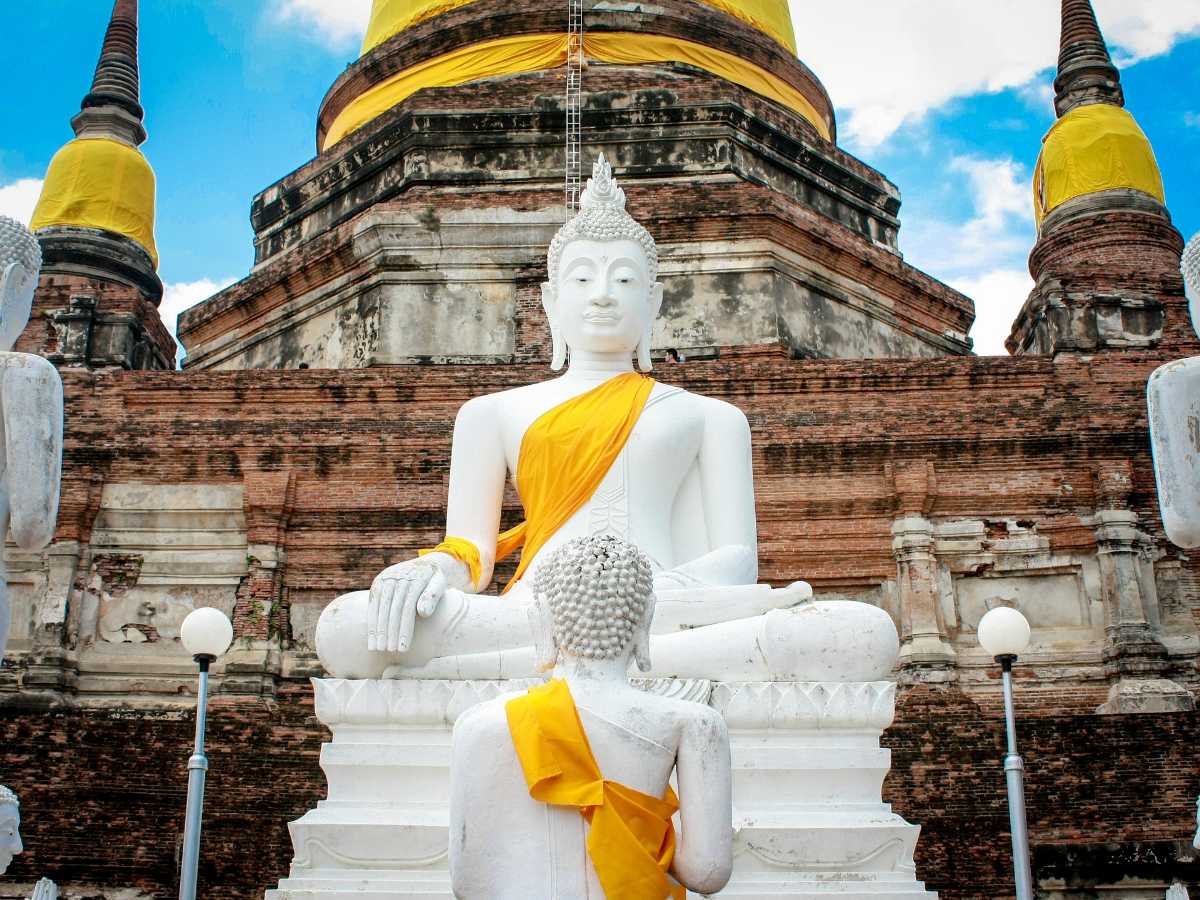History of Ayutthaya
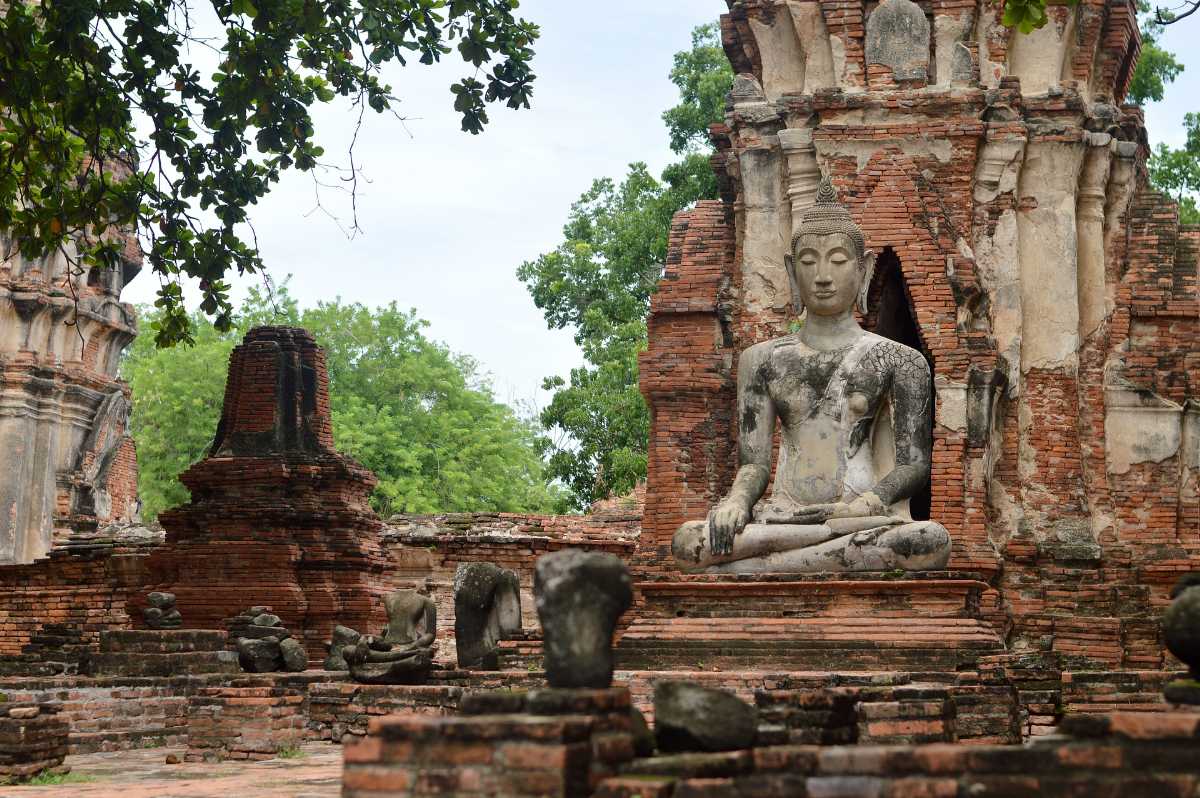
While initially, Ayutthaya was just another city, it picked up pace during the later part of the century. From being a mere trading city it gradually flourished as a mesmerizing pool of archaeological and cultural diversity up until its downfall in 1767. It's trading network had dedicated settlements just off the island for foreign traders hailing from Holland, Portugal. Its physical topography and location like a strong set waterway network and trading ports allowed excellent business from neighbouring countries and the gradual build-up of cultural diversity.
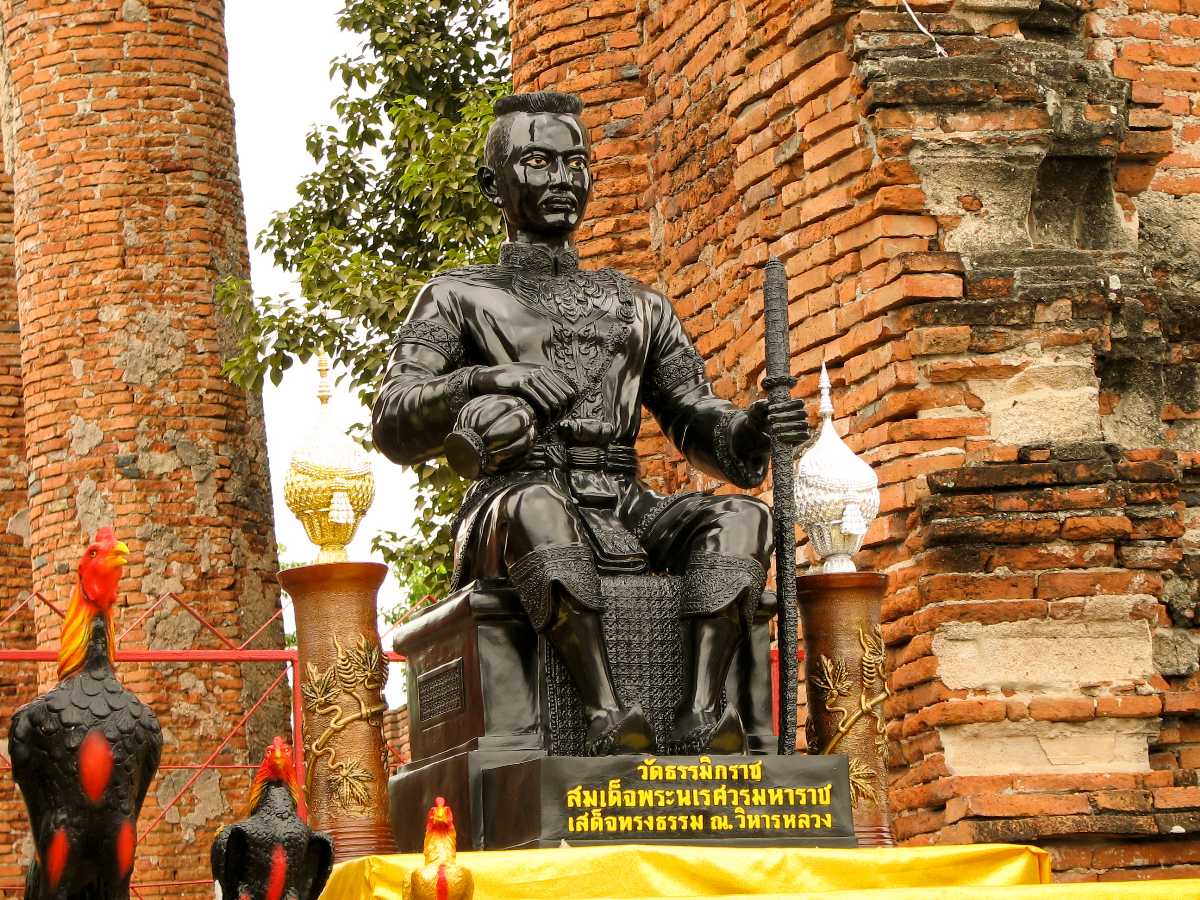
The location of this city itself is nothing short of a fairytale- surrounded on three sides by the Chao Phraya, the Pa Sak River and the Lopburi River. The current capital of Bangkok borrows its temple architecture style from Ayutthaya’s early cultural and archaeological impact as witnessed with the Wat Pho temple.
The Name - Ayutthaya
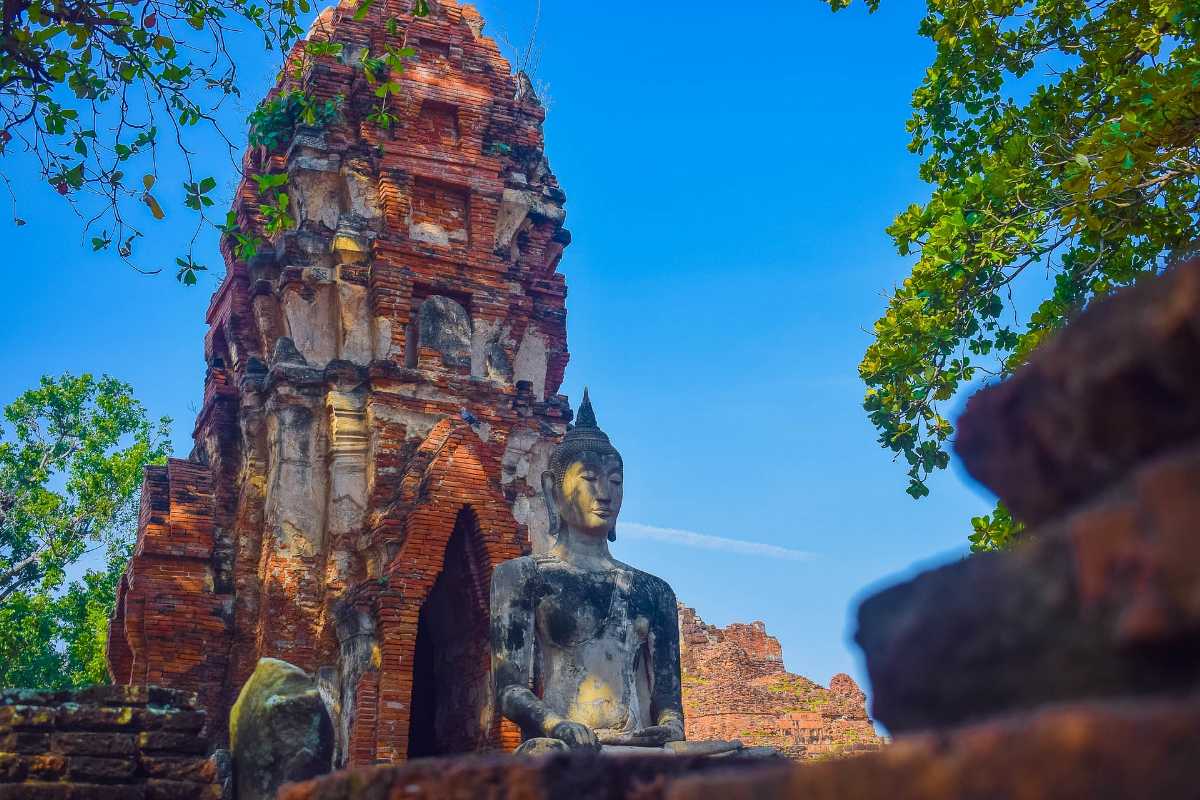
Locally it is sourced to replicate the derivation from the Sanskrit word, ‘Ayodhya’- or the invincible city. The Ramakien, Thailand’s national epic, draws from the Indian epic of Ramayana which revered the city of Ayodhya as sacred land. This historic site was accredited to be an indestructible city, which would stand to witness the end of time with peace and harmony according to local scriptures.
Ayutthaya Falls
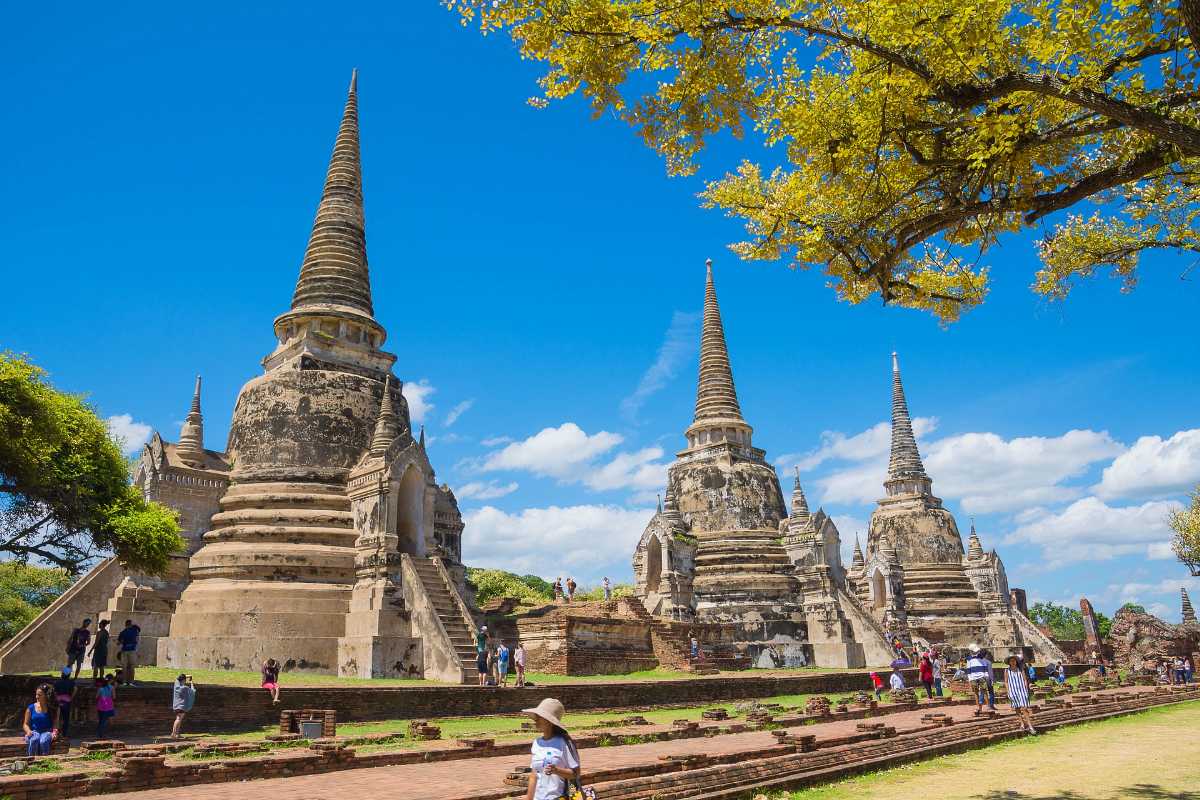
In 1431, Ayutthaya invaded Angkor bringing the Khmer empire to a conclusive end. The turn of the 15th century brought the Sukhothai kingdom to its knees and finally be amalgamated with Ayutthaya. Largely peace ensued post this and was a monumental mark in the history of Ayutthaya.
However, the real challenge to Ayutthaya came with the onset of the Burmese invaders. When attacked by the Burmese army constantly over a century, it weakened the city. Finally, the Burmese gained a stronghold and in 1767, they plundered it. The invincible city was reduced to shambles, with fire turning the ancient relics to dust.
Most of the people were captured and enslaved and the city was left to shambles after plunder. It was left barren and abandoned, which is why the ruins are preserved yet, as no new city or establishment was rebuilt over the city. The Thai kingdom moved their capital further South to Thonburi and the ruins of Ayutthaya were forgotten about.
The Revival of the Ruins
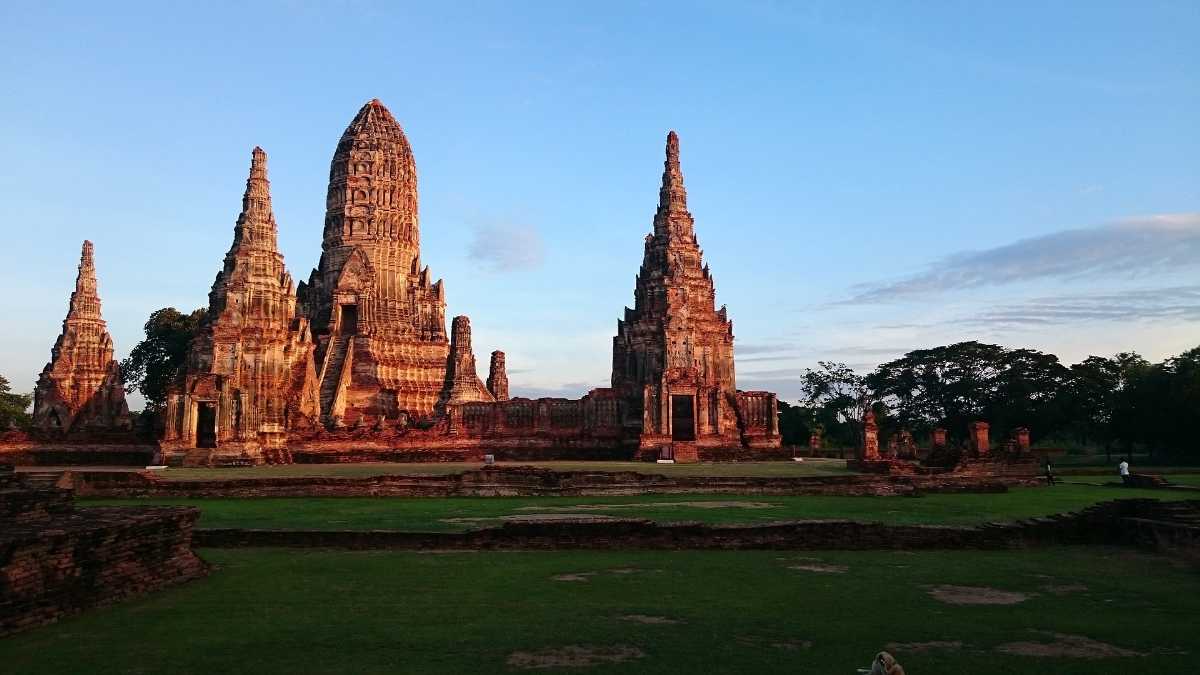
Ancient architecture relied heavily on wooden carvings and establishments, so when the Burmese went all out on plunder and attack, the wooden monuments perished. Today, only the ruins of the stone temples stand testimony to an illustrious kingdom that once glittered.
For the first time in the 1960s, the Thai Fine Arts Department dedicatedly began the restoration and research work to replace Ayutthaya’s long-forgotten history. The pointed tip towers called the Prang, and mesmerizing monasteries were professionally excavated in 1991 and today, have gradually made their way into the present tourism scene, with people hopping on for a few hours along their Bangkok trip.
Relics and Ruins of Ayutthaya
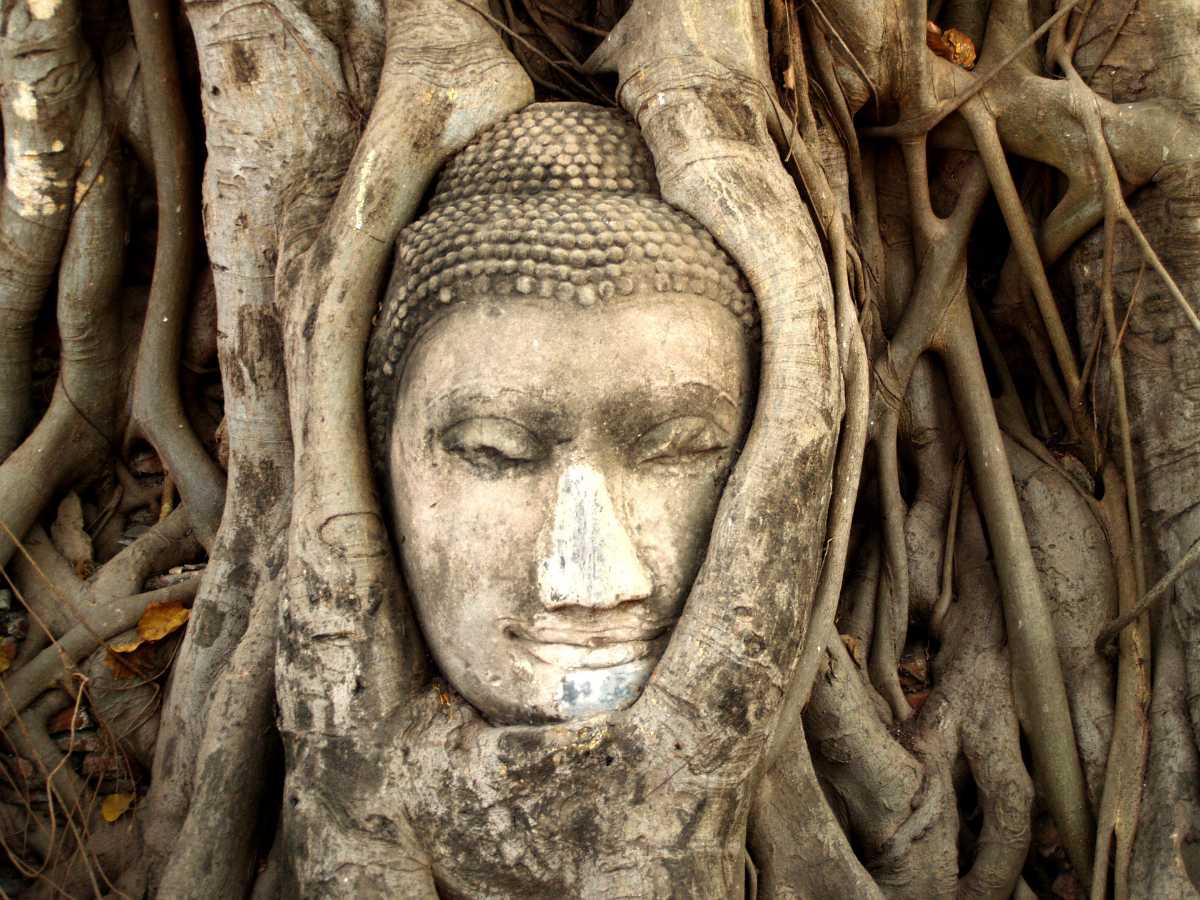
Undoubtedly, the best understanding of the relics comes from the famous Ayutthaya Historical Park, which is a 67 site amalgamation of the ancient relics certified and protected by the UNESCO World Heritage Sites. Bearing heavy influences from Hindu and Traditional Thai- Buddhist culture, the temples feature elaborate Prangs, visible from far and traditional carvings and detailed structures.
Among the prominent ones are Wat Mahathat, Wat Ratchaburana and the Wat Chaiwatthanaram. These are the ones that are iconic for their sculpture and larger than life portrayal of Buddhist ideas and ideals. The art retrieved from the crypts of Wat Ratchaburana consists of regal mural paintings that survived and are studied extensively under Siamese History. While the ruins have been kept intact, to maintain their initial integrity, some of them have undergone restoration and rephasing which have aided in the understanding and preservation of the relics.
Ayutthaya in the Present
